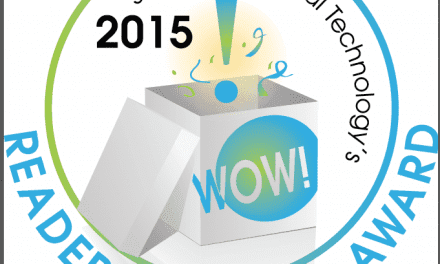According to new research presented at the 19th Annual Meeting of the American Academy of Dental Sleep Medicine, the majority of US dental schools have not adequately prepared their graduates to screen for sleep disorders.
Researchers from the University of California, Los Angeles (UCLA) School of Dentistry surveyed each of the 58 US dental schools to determine the average number of curriculum hours offered in dental sleep medicine (DSM); 48 schools responded to the survey, indicating that dental students spend an average of 2.9 instruction hours during their 4 years of dental school studying sleep disorders.
According to lead author Michael Simmons, DMD, D ABOP, part-time instructor at both UCLA and USC, sleep medicine is being introduced at the majority of US dental schools, but the total hours taught are inadequate given the epidemic proportion of people with OSA.
The survey asked which sleep topics were taught, which treatments were covered, and which departments were responsible for the teaching of dental sleep medicine.
Results show that classroom topics covered diagnosis of obstructive sleep apnea, sleep bruxism, snoring and upper-airway resistance syndrome, and treatments including oral appliance therapy, continuous positive airway pressure, and surgery. Eight schools also discussed at-home sleep tests, which dentists can use to monitor treatment success.
Oral surgery, TMJ/orofacial pain, oral medicine, prosthodontics, and orthodontics were the most common academic departments that taught sleep medicine. The researchers were surprised by the variety of dental departments teaching sleep disorders, and that DSM could not be attributed to any particular discipline.
The authors suggest that because dentists see patients on a regular basis, they can notice early warning signs of sleep disorders.
"Dental students and dentists need to screen for sleep-related breathing disorders as part of patients’ routine work-ups. Then, with additional interest and adequate training, they can learn to co-treat these serious medical conditions with their patients’ physicians as an integral part of the sleep medicine team," said Simmons.



